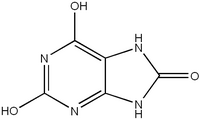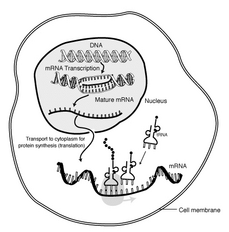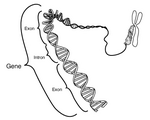Charles C. Chester's article on Yellowstone's thermophilic microorganisms (October 1996) exposes a whole other dimension of biodiversity: the microbial world. Though widely ignored, microscopic forms of life may actually be our greatest biological resource. Reading the article, I was reminded of a passage in Edward O. Wilson's autobiography, The Naturalist:
Most of Earth's largest species - mammals, birds, and trees - have been seen and documented. But microwildernesses exist in a handful of soil or aqueous silt collected almost anywhere in the world. They at least are close to a pristine state and still unvisited. . . . If I could do it all over again, and relive my vision of the twenty-first century, I would be a microbial ecologist. Ten billion bacteria live in a gram of ordinary soil, a mere pinch held between thumb and forefinger. They represent thousands of species, almost none of which are known to science. Into that world I would go with the aid of modern microscopy and molecular analysis.(1)
Thus, in asserting that microorganisms are a resource rather than just "germs," Chester is clearly in good company!
Without question, the issues surrounding the ownership of the Taq polymerase are complex (and all the more so because strains of Thermus aquaticus have been isolated elsewhere in the world and other thermally stable polymerases have been discovered). The real moral of the story, however, is that the microbial world is a resource that deserves protection because certain natural products can have an unfathomable impact on science along with offering enormous benefits for society.
The development of the polymerase chain reaction (PCR) in 1983, which T. aquaticus made possible, was a major methodological breakthrough in molecular biology. PCR has numerous applications, ranging from diagnostics to pure research. The Human Genome Project, for example, could never have been conceived - let alone carried out - without it. PCR is also widely used in medicine. It has hastened the discovery of the molecular basis of many malignant, infectious, and genetic diseases and is currently used in the diagnosis of Lesch-Nyhan syndrome (a rare, usually fatal genetic disease that affects young boys) and muscular dystrophy as well as the prenatal diagnosis of hemophilia A. In addition, this technique has important applications in organismal and population biology, evolutionary studies, and conservation. A recent Science article on speciation(2) provides a good example of its use in evolutionary studies: Evidence developed with the aid of PCR shows that species diversity within the Amazon basin depends not only on the Amazon River but also on natural barriers such as ridges.
PCR has brought about a revolution in microbiology and our understanding of microbial diversity. As Chester notes, the diversity of microbial species dwarfs that of larger plants and animals - and we continue to discover new species, new branches of microbial life whose existence we never suspected. Even more important, these life forms embody a large amount of physiological diversity: To meet their energy and carbon requirements, microbes perform almost every biological transformation imaginable. As a result, they can thrive in almost any environment and are able to perform such tasks as transforming aromatic compounds, precipitating metals, and degrading oil. In short, microbes are the biological chemists of the natural world and they deserve much more recognition. Of course, it is hard to appreciate the invisible when visible species such as bison and Indian paintbrush are so prevalent. Yet Yellowstone itself provides an exception to this rule: The colors in its thermal springs show that there, at least, microbes dominate the landscape. What better environment could there be to teach us about the microbial world and its value as a natural resource?
Anna-Louise Resenbach Rutgers University New Brunswick, N.J.
1. E.O. Wilson, The Naturalist (Washington, D.C.: Island Press, 1994), 364.
2. V. Morell, "A River Doesn't Run through It," Science 273 (13 September 1996): 1496.
COPYRIGHT 1997 Heldref Publications
COPYRIGHT 2004 Gale Group




